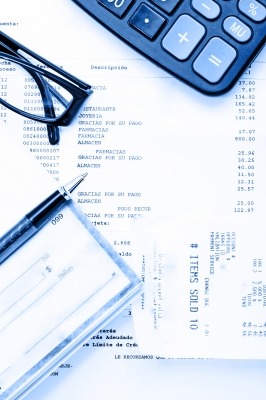For the first time in years, I bought a jigsaw puzzle to put together. While some see it as a tedious, frustrating task, I found the process of assembling the puzzle very satisfying and somewhat relaxing. Sort of like accounting. What some see as pointless and frustrating I find satisfaction in assembling the puzzle of your financial records. At least most of the time.
 While a jigsaw puzzle may contain 500 pieces to assemble, your business systems (email, marketing, accounting, etc) does not necessarily need to contain that many pieces. Adding complexity to the way you do business makes it that much harder for customers to do business with you and prevents you from really knowing the financial health of your business. This complexity will also cost you in extra time and effort to maintain complex systems.
While a jigsaw puzzle may contain 500 pieces to assemble, your business systems (email, marketing, accounting, etc) does not necessarily need to contain that many pieces. Adding complexity to the way you do business makes it that much harder for customers to do business with you and prevents you from really knowing the financial health of your business. This complexity will also cost you in extra time and effort to maintain complex systems.
Do you really need 50 product/service names for the 15 products or services you sell? No, because too many choices likely means the customer chooses nothing.
Do you really need an income account for every product or service you sell? No, because consistency in recording transactions becomes almost impossible and your financial reports impossible to gain usable financial insight about your business.
On the flip side, do you really need an expense account for every conceivable type of expense your business has? Again, no. Too much detail makes it almost impossible to be consistent in recording your financial transactions.
Unlike a jigsaw puzzle that contains upwards of 500 pieces, you can choose to keep your business model (and the accompanying business systems) as simple as possible. Keep it simple is the best advice I can give to any business. Life has its own way of adding pieces to the puzzle of our businesses without us adding to it.


 I am often asked when a business owner should set up accounting software for their new business. The short answer: the moment you decide to start a business.
I am often asked when a business owner should set up accounting software for their new business. The short answer: the moment you decide to start a business.

 My goal is to take the confusion and frustration out of small business accounting by providing training and ongoing accounting services. Small business accounting isn’t just about QuickBooks any more. Cloud based software offers many tools for running a business. I believe in choosing just the right tools, balancing necessity and cost, to streamline all of the administrative tasks (including accounting) of a business.
My goal is to take the confusion and frustration out of small business accounting by providing training and ongoing accounting services. Small business accounting isn’t just about QuickBooks any more. Cloud based software offers many tools for running a business. I believe in choosing just the right tools, balancing necessity and cost, to streamline all of the administrative tasks (including accounting) of a business.